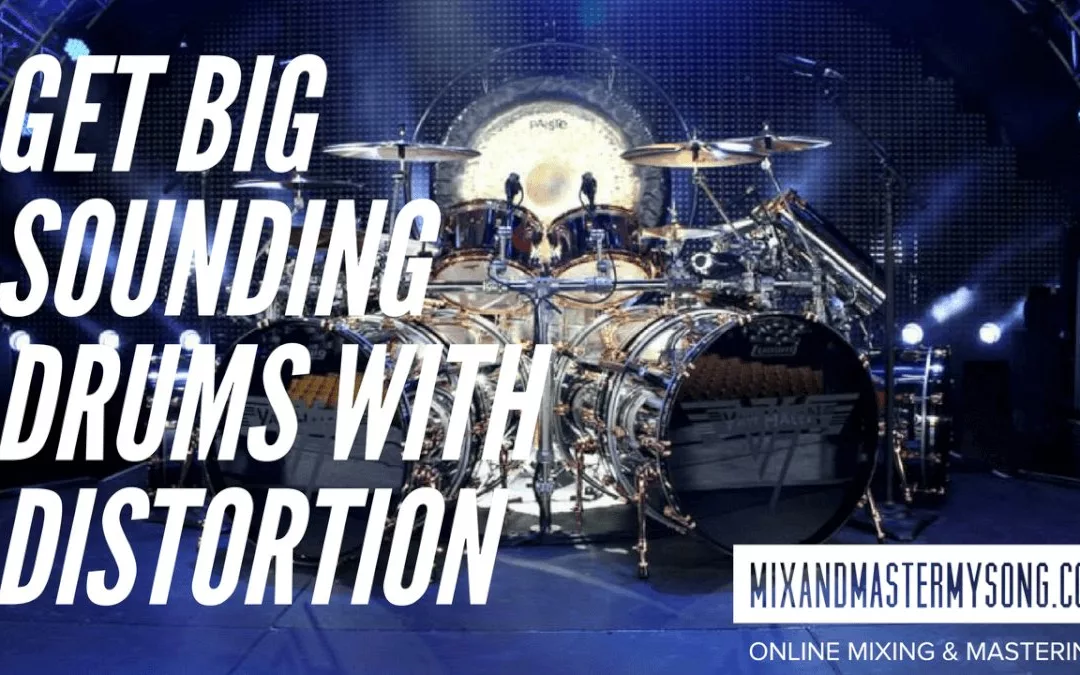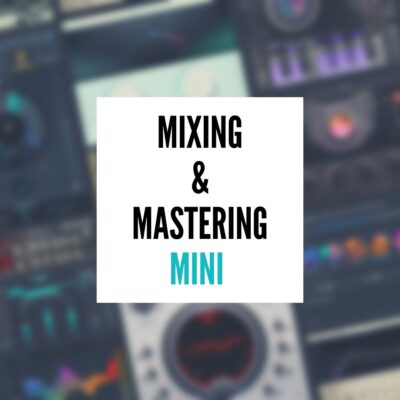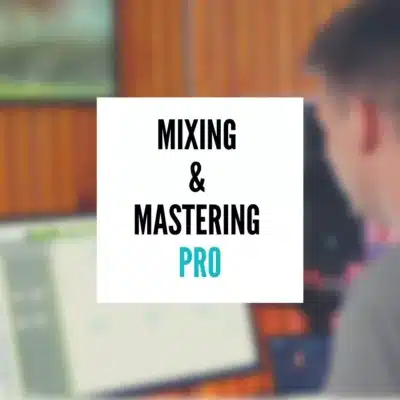Sometimes adding a bit of distortion can really help your drums pop out of a mix. I like to use Soundtoys Decapitator quite a bit. It can be a game changer on the snare drum. I also like to use it on parallel compression chain. I will send the kick and snare to a bus compress them 3-4 DB with an API 2500 and then send it to the Decapitator. It can really bring your drums to life. Check out how I do it in the video below.
Video Transcript
Hi It’s Matty at mixandmastermysong.com. We are always looking for ways to make our drums sound bigger and stronger. And the biggest sound of things ever, so today I wanted to go over three different ways that I use to distortion on my drums in order to thicken them up and make them cut through the mix and just sound huge. So we’ll hop in and go through these three different things.
The first one and one of the best plugins ever made and many of you probably have this or know someone that does is the Decapitator from Sound Toys. So I got these drums here from my buddy Zach on his song, News Feed and I just loaded them into studio 1 so I got a little rough mix going. And what we’re going to concentrate on is mostly the kick and snare here. Because that’s usually where I’m going to add it on. I don’t add too much distortion with symbols, but hey man there are no rules.
So let’s just play this loop, I don’t have anything on there except for a little EQ. So just adding the Decapitator, I usually turn the Decapitator on, drive it about three. I don’t really change anything else, I might change my output a bit. And that just helps the snare a lot of times kick through. So we’ll turn this on both the top and bottom snare.
So you can hear right away that snare is cracking now. There is a little bit of a volume change, it’s not completely matched, but there’s definitely a change in sound and tone. And it helps cut through the mix a lot more. So I always do that, almost on everything.
Then what I might do after that even, is I’ll set up a parallel channel over here. So if you could see, all my drums are going into this channel here. This bus, and then this bus has a send feeding to this other aux channel which is my drum parallel compression. And on this I am just using the UAD API 2500, you can you use the Waze version, it’s the same thing and just sounds a little different. And then that goes in to once again, the Decapitator. Except here I am hitting it quite a bit harder, they got the drive at five. I’ve cut off a little bit of low, and the tone’s great. I didn’t change it on this instance, but I change that a lot. It’s a good way to get different sounds out of your parallel bus. And then the high cut, there’s none here. So just a bit of a low cut. And now let me turn this on and you’ll really hear a pretty cool difference. I’m going to do what I usually do when I parallel compress, bring it up slowly and you’ll start hearing it.
Pay attention to the kick too, the kick just comes alive when that bus turns on.
So that’s another thing I do, usually, when I am mixing live drums, it’s going to go through this channel, 95 percent of the time, unless it’s something I’m not trying to make too aggressive.
But the last one is something I keep playing with actually, Slate just released the newer version with these, what are they called, dream strips or whatever it is. It’s funny man I’ve been slowly been liking Slate stuff more and more. So this is something I have been playing with, a little drum bus. So what I’ll do it, I’ll use the virtual channel, usually on the brick 4K. Give it a little more drive, and then I love this London saturation plugin. For some reason, I keep going back to the London one. And so I got it saturated pretty hard, turned out pretty good. And then I … just the mix brought down, and then just a little revival just to give it a little extra. A little extra punch, a little extra high end. So let’s make sure … okay, I got the bus off, so I am going to turn this on and off so you can hear the difference here.
So it’s kind of a different tone compared to what I was doing here in the parallel. It’s a little softer, a little more vintage you could say. It kind of rounds and warms the transience where the parallel with the Decapitator is more kinda punchy. So it’s cool just with saturation, how you can get kind of different sounds just by using saturation techniques. Maybe if we use the New York it would be a little edgier, this one tends to be a little more aggressive. So you could play with these all day and get different tones. But I just kind of wanted to show you different ways you can get your drums to punch a little stronger with just distortion and saturation.
So I hope that is helpful if you’ve got any questions leave them in the comments below. Make sure to like and subscribe if you can and if you need your songs mix and mastered hit me up at mixandmastermysong.com. Thanks.






